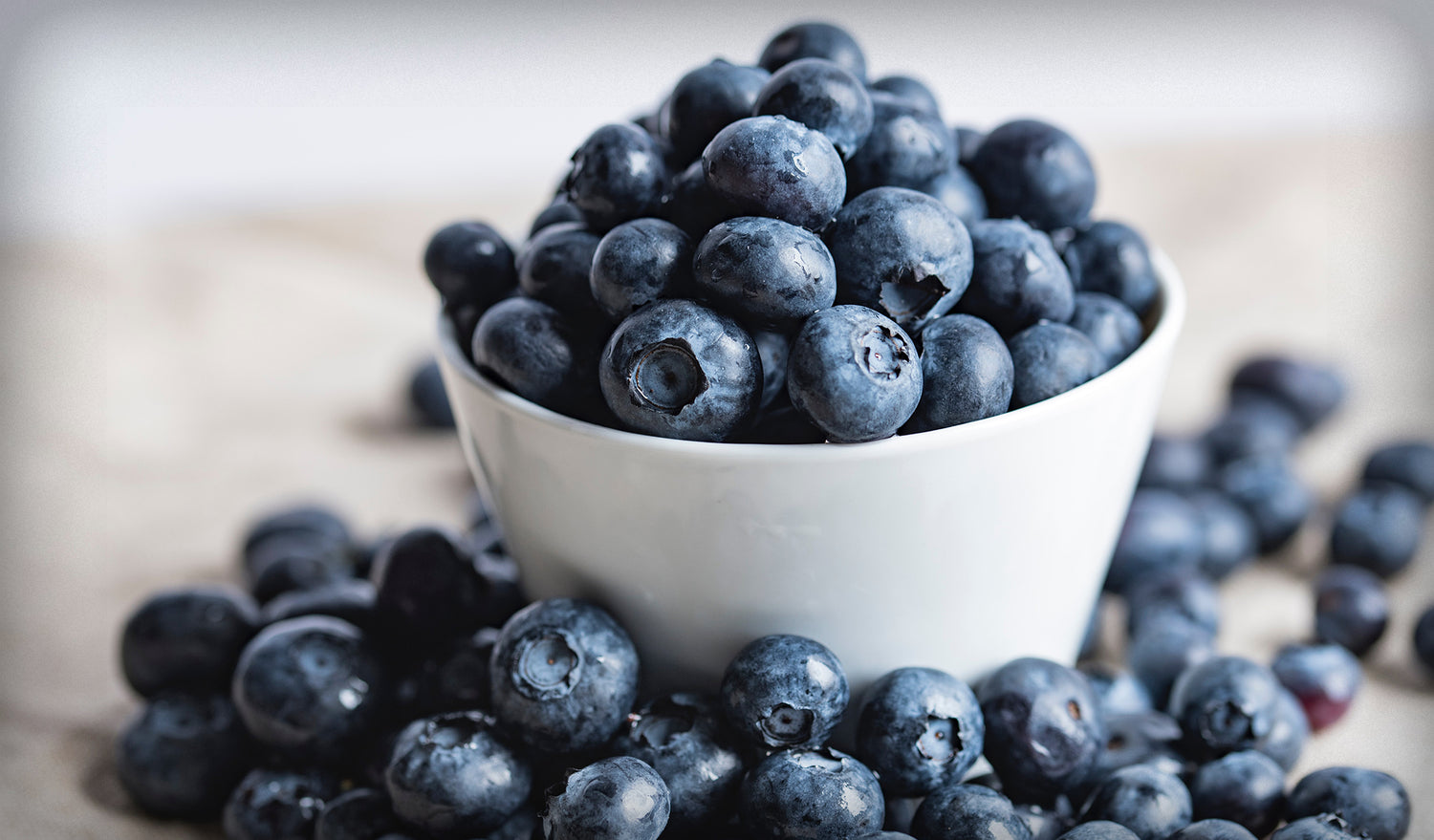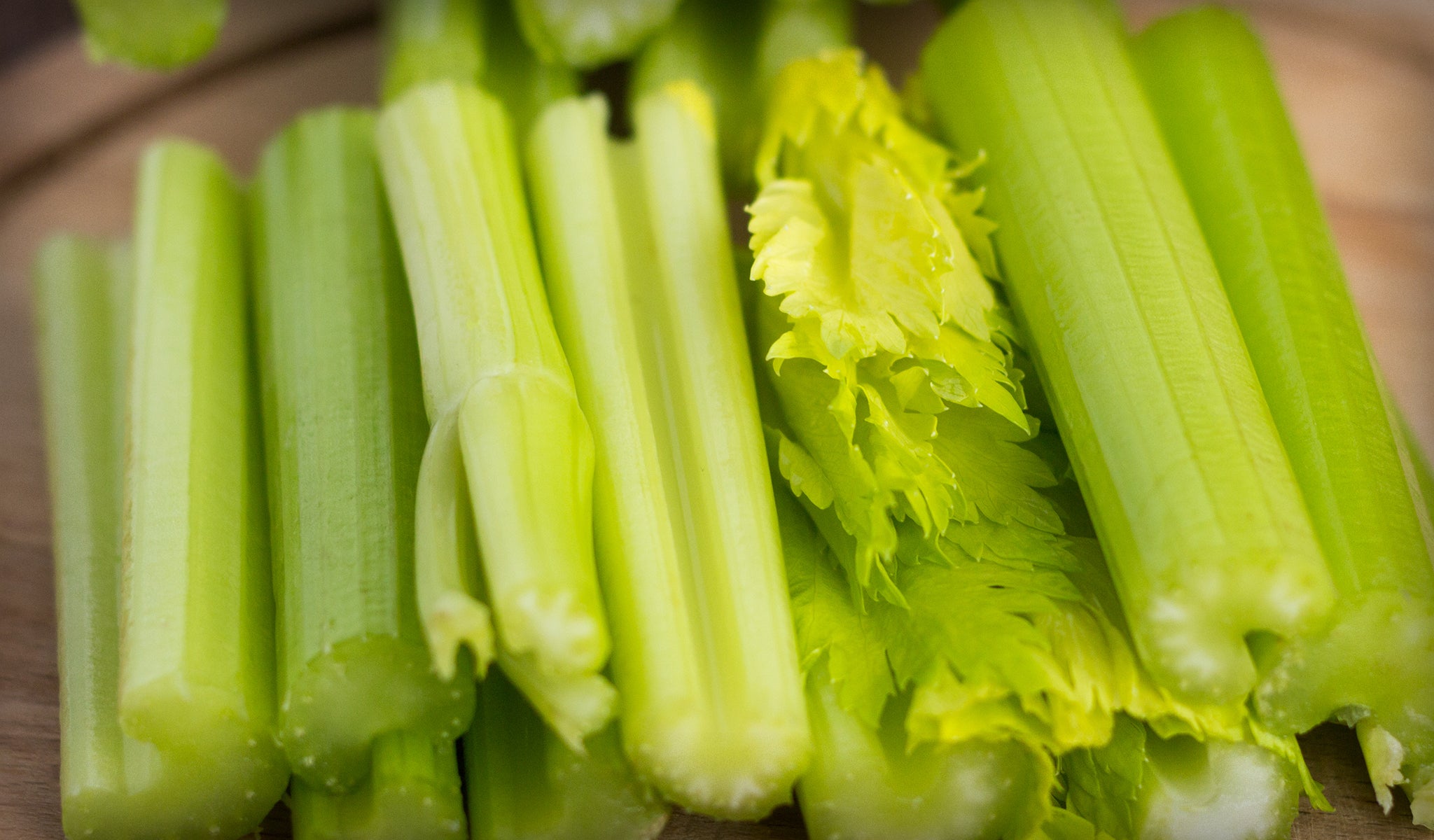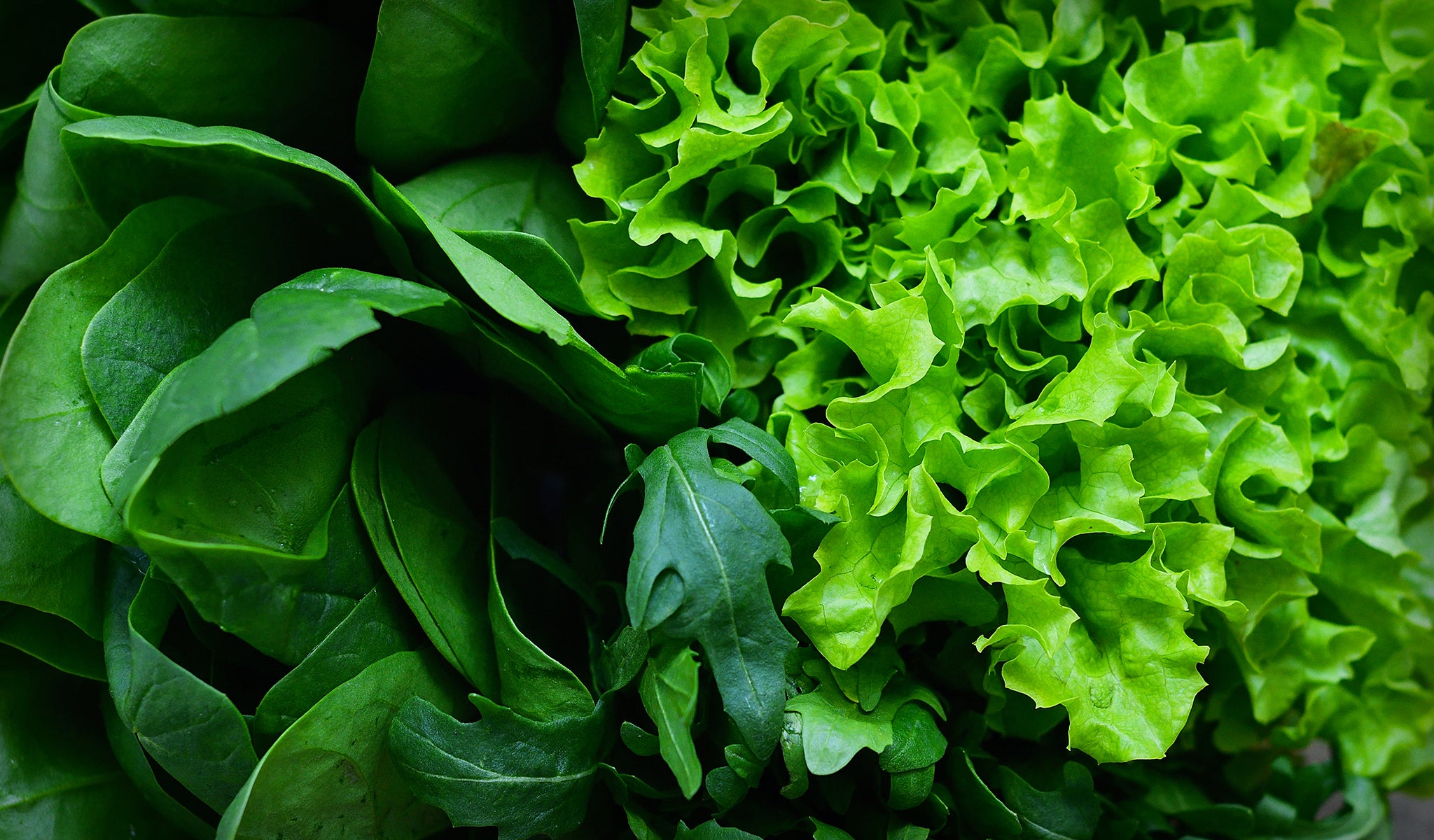BERRY NICE!
The blueberry is a member of the Ericaceae family, along with many other berries, including huckleberries and bilberries, varieties of the blueberry native to North America and Europe, respectively. Blueberries grow in clusters and range in size from that of a small pea to a marble. They are deep in color, ranging from blue to maroon to purple-black, and feature a white-gray waxy “bloom” that covers the berry’s surface, serving as a protective coat.
The skin surrounds a semi transparent flesh that encases tiny seeds. The difference between the North American blueberry and the European bilberry is that the latter has purple flesh. Cultivated blueberries are typically mildly sweet, while those that grow wild have a more tart and tangy flavor.
There are approximately 30 different species of blueberries, the different varieties growing in distinctly separate regions. For example, the highbush variety can be found throughout the eastern seaboard from Maine to Florida, the lowbush variety throughout the northeastern states and eastern Canada, and the Evergreen variety throughout states in the Pacific Northwest.
HISTORY
Native to many parts of the world, especially the northern hemisphere, including North America, Europe, and Asia, blueberries have been consumed by man apparently since prehistoric times. Native Americans were particularly fond of blueberries, as they were a key in pemmican, a traditional dish composed of the fruit and dried meat.
The commercial development of blueberries, however, really did not begin until the beginning of the 20th century, when they were successfully cultivated. There are now hundreds of varieties that exist as a result of both accidental and intentional cross breeding.
Blueberries continue to grow wild throughout the woody and mountainous regions of the United States and Canada, where they are also grown commercially on farms. In Europe, the fruit is rarely found growing wild, but is also extensively cultivated. Blueberries have only recently been introduced to Australia.
NUTRITIONAL HIGHLIGHTS
Blueberries are an excellent source of flavonoids, especially anthocyanidins. We use antioxidant compounds are responsible for the blue, purple, and red pigment. Blueberries are also a very good source of vitamin C, soluble fiber, and insoluble fiber, such as pectin. In addition, they are a good source of manganese, vitamin E, and riboflavin.
HEALTH BENEFITS
The health benefits of blueberries are due mainly to the anthocyanidins. These compounds exert exceptional antioxidant activity. In fact, when researchers at Tufts University analyzed 60 fruits and vegetables for the antioxidant capability, blueberries read the highest.
One of the practical applications of this antioxidant activity may be in the protection against Alzheimer’s disease. Researchers have found that blueberries help protect the brain from oxidative stress and may reduce the effects of age related conditions such as Alzheimer’s disease, in animal studies.
Currently the most popular medical use of blueberries is in improving vision and protecting against Adrian laded macular degeneration. This use was stimulated by the fact that during World War II, British royal Air Force pilots consumed bilberry (a variety of European blueberry) preserves before their night missions. Based on folk medicine, the pilots believed that the bilberries would improve their ability to see at night. After the war, numerous studies demonstrated that blueberry extracts do in fact improve night time visual acuity and lead to quicker adjustment to darkness and faster restoration visual acuity after exposure to glare. Clinical studies have shown good results in individuals with sensitivity to bright lights, diabetic retinopathy, and macular degeneration. Additional research also points out that bilberries and blueberries may be protected against the development of cataracts and glaucoma, and quite therapeutic in the treatment of varicose veins, hemorrhoids, and peptic ulcers.
Blueberries were also traditionally a popular remedy for both diarrhea and constipation. In addition to soluble and insoluble fiber, blueberries contain tannins, which act as astringents in the digestive system to firm up a loose stool.
Blueberries also promote urinary tract health because they contain the same compounds found in cranberries that help prevent or eliminate urinary tract infections. In order for bacteria to infect, they must first adhere to the mucosal lining of the urethra and bladder. Compounds found in cranberry and blueberry juice reduce the ability of E. coli, the bacterium that is the most common cause of urinary tract infections, to adhere.
SELECTION STORAGE
Choose blueberries that are firm and have a lively, uniform hue colored with a whitish bloom. Avoid berries that appear dull in color or are soft in texture. They should also be free from moisture, since the presence of water will cause the berries to decay. When purchasing frozen blueberries, shake the bag gently to ensure that the berries move freely and are not clumped together. When they are clumped together, it suggests that they may have been previously thawed and refrozen. Blueberries that are cultivated in the United States are now available year-round but are more plentiful from May through October. Imported blueberries are available year-round as well.
Ripe blueberries should be stored in a covered container in the refrigerator, where they will keep for about one week, although they will be freshest is consumed within a few days. Always check blueberries before storing and remove any damaged berries to prevent the spread of mold. But don’t wash blueberries until right before eating, as washing will remove the blooms that protects the fruits skin from degradation. If kept out at room temperature for more than one day, blueberries may spoil.
Ripe blueberries can also be frozen, although this will slightly change their texture and flavor. Before freezing, wash, drain, and remove any damaged berries. To better ensure uniform texture upon storing, spread the berries out on a cookie sheet or baking pan, place in the freezer until frozen, then put the berries in a plastic bag for storage in the freezer. Blueberries should last up to one year in the freezer.
SAFETY
Blueberries do contain moderate levels of oxalate. Individuals with a history of calcium oxalate containing kidney stones should limit consumption.
RESOURCES
-
The Encyclopedia of Healing Foods by Michael Murray ND and Joseph Pizzono ND with Laura Pizzorno



